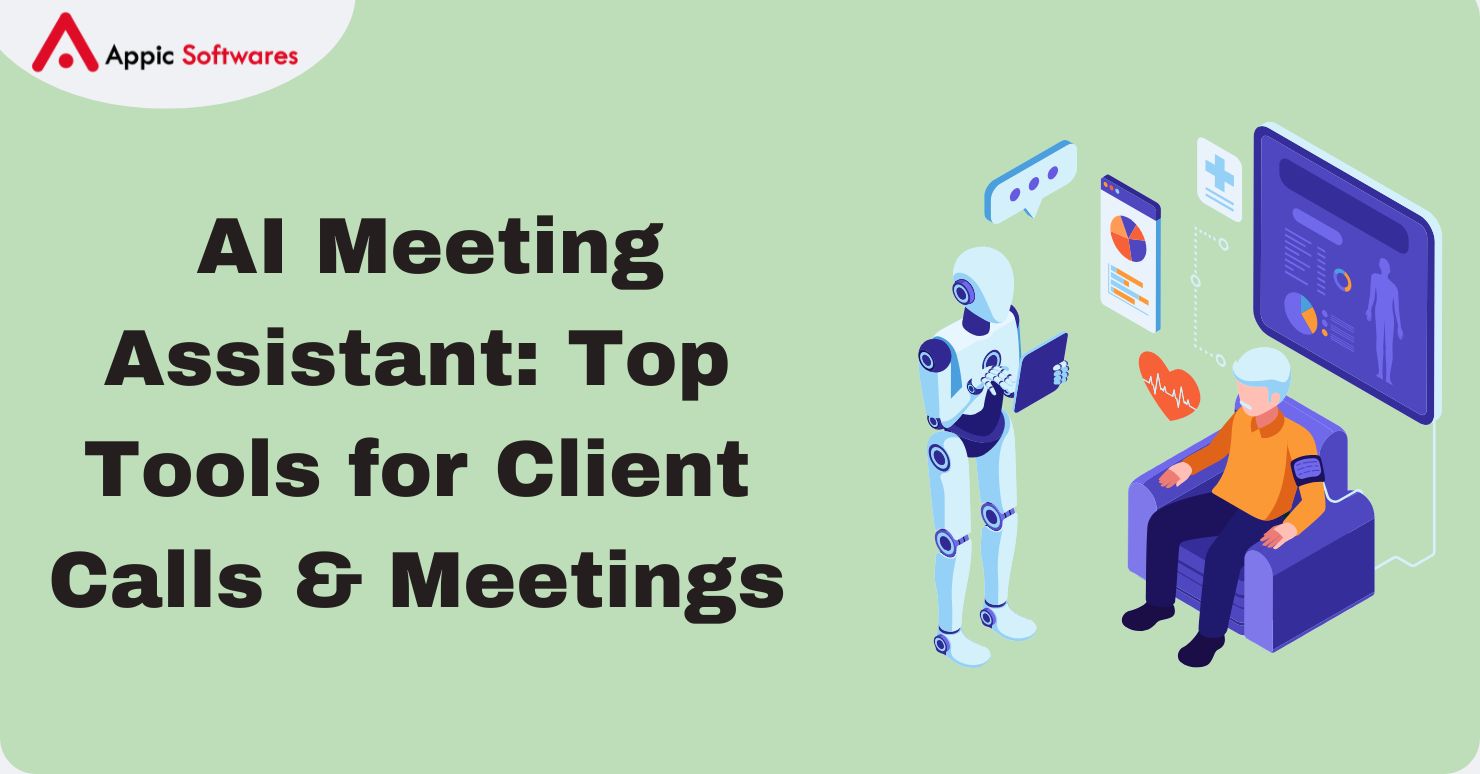
The market for fintech technologies is projected to reach approximately USD 751.5 billion by 2032, with a compound annual growth rate (CAGR) of 18.5% from 2023 to 2032. The market was valued at USD 215.3 billion in 2022. Fintech apps make banking, paying, and investing a charm and fun. But to emulate this, the applications need to grow with users, and the more users the application needs to expand, but at the same time, it should not crack. That is why it is essential to develop a fintech app with scalability in mind to achieve an app and a business model in the long run. In this article, we’ll share insights on managing large user bases in fintech app development. Now, let us discuss all the strategies one by one, more elaborately.
Why Scalability Is Critical in Fintech App Development

Fintech means financial technology. The ideal presented is all about simpler ways of making money through the use of technology. Think of credit card applications, mobile banking, payment systems, financial tools for investments and others. In their essence, these apps are perfect as they are fast and come in handy. But here’s the catch. If millions of people start using these products at once, they must not fail to function effectively. That’s what scalability is about.
It means that an application can expand its size and capacity to accommodate a large number of users or data without a problem. In fintech application development, it is compulsory that this document be included and complied with. Why? Because money moves fast. In today’s economy, customers have the right to pay for a product and have it bought immediately. They also want to be able to make withdrawals and check their accounts at any time. If the app is slow, freezes, or exits, they become irritated and can quit using it. Time is sacred in finance, most importantly when the applications are operated by renowned financial institutions.
For example, picture a busy shopping day. It can be pointed out that tens of thousands of people use payment applications simultaneously. A scalable app is not bothered by this rush in any way. Nevertheless, if it is not done correctly, it may end up freezing. That can hardly be good news for the users and the company as well. Scalability also enables apps to bring new characteristics or operate in new conditions without beginning from scratch.
Well, now let’s consider, how to make fintech apps scalable. The idea fitting this post best is the following: In these steps we will discuss about the parts of the application division, cloud implementation, making connections with secured tools, adherence rule and practice and data smart management. These steps ensure your fintech app development leads to something strong and ready for growth.
Strategies For Developing Scalable Fintech Apps
Use Modular Architecture For Flexibility
One smart way to build fintech apps is with modular architecture. This means splitting the app into small, separate pieces. Each piece does one job, like handling logins, payments, or account info.
Why does this help fintech app development? It’s like building with blocks. If one block needs to grow, you just make it bigger. You don’t touch the others. For instance, if more people start paying through the app, you boost the payment piece. The rest stays the same. This saves time and money.
Plus, fixing bugs gets easier. If something’s wrong with logins, you fix that part. The app keeps running. In fintech, where every second counts, this is huge. No one wants the whole app down because of one small problem.
And here’s another perk. Adding new stuff is simple. Want to offer loans? Build a loan piece and plug it in. The app stays flexible and grows with your ideas. That’s why modular architecture is a top pick for fintech app architecture.
How To Start With Modules
First, list what your app does. Payments? Accounts? Break each into its own part. Make sure they talk to each other clearly. Tools like microservices can help here.
Keep It Simple and Strong
Modules should be small but tough. Test each one alone. This way, your fintech app stays solid as it scales.
Future-Proof Your App
With modules, your app can change fast. New rules or features? Add a new piece. It’s a big win for fintech app development.
Leverage Cloud Infrastructure for Performance
Next up is using the cloud. The cloud is like renting a giant computer online. Companies like Amazon, Microsoft, and Google run these for you. It’s a game-changer for fintech app development.
Why? The cloud grows with you. If your app gets busy, you add more power instantly. Say a million people sign up overnight. The cloud scales up to handle them. When things calm down, you scale back. This keeps costs low and users happy.
Also, the cloud is always on. These companies have servers everywhere. If one breaks, another takes over. Your app stays up 24/7. For fintech, where downtime costs money, this is gold. Cloud solutions for fintech make this possible.
And there’s more. The cloud has built-in safety tools. It locks your data tight and helps follow rules. Setting up your own servers takes tons of work. The cloud does it for you, fast and safe.
Picking the Right Cloud
Look at big names like AWS or Google Cloud. Check their safety records. Make sure they fit your app’s needs.
Save Money and Time
With the cloud, you pay for what you use. No big setup costs. It’s perfect for new fintech apps.
Stay Ready for Big Days
Big sale or launch? The cloud ramps up fast. Your app won’t blink, thanks to smart fintech app development.
Integrate Secure and Scalable APIs
APIs are like bridges. They connect your app to banks, payment systems, or other tools. In fintech app development, good APIs are a must.
For scaling, APIs need to handle lots of action. If a million people pay at once, the API can’t slow down. A weak API drags the whole app. So, pick ones built for speed and growth. API integration in finance apps needs this focus.
Safety is just as big. Money apps deal with private stuff. A bad API could leak data. Use APIs with strong locks, like special codes and secret keys. Test them to be sure.
Also, keep an eye on them. Tools can watch how APIs run. If one lags, you fix it quick. API integration services can help set this up right.
Choose Wisely
Find APIs from trusted places. Check if they’re fast and safe. Read what others say about them.
Plan for Trouble
If an API stops, have a backup. Save some data or switch tools. This keeps your fintech app running.
Grow Without Worry
Good APIs let your app add new connections easily. More banks? More payments? No problem with solid AI in fintech development.
Ensure Regulatory Compliance and Security
In fintech app development, you must build strong security and follow rules. You handle real money and private data. If you slip, you risk fines and lost trust.
First, encrypt all data. Use AES‑256 for data at rest. Use TLS 1.2 or later for data in motion. This keeps user info and transactions safe. Also, store keys in a secure vault. Rotate them on schedule.
Second, control who can do what. Give each user and team member the least access they need. Set up role‑based access controls. For example, only compliance officers see audit logs. Developers only access test data.
Third, follow key standards. If you process cards, meet PCI DSS. If you handle personal data in Europe, comply with GDPR. In other regions, check local rules. Document every control and keep records. This shows auditors you meet requirements.
Fourth, log and monitor constantly. Send all security events to a central system. Watch for unusual patterns. For example, multiple failed logins in a short time. Then trigger alerts. Also, keep logs for at least one year. This helps in audits and investigations.
Fifth, test often. Run vulnerability scans weekly. Use static code analysis to find flaws. Then fix them quickly. Once a quarter, hire experts for penetration tests. These tests find gaps before attackers do.
Sixth, prepare for incidents. Write a clear response plan. Assign roles and steps. Then run drills twice a year. This way, your team knows how to act if a breach happens. Also, plan user notifications and regulator filings in advance.
Finally, train your team. Hold security workshops every month. Teach best practices. For example, avoid plain‑text passwords and phishing traps. And update training when rules change.
By following these steps, you ensure fintech compliance and security. You reduce risks. You build trust. And you keep regulators happy.
Implement Robust Data Management and AI Analytics
Good fintech app development needs smart data handling. Your app will see many transactions and user actions. You need a plan to store and process this data fast and safely.
First, set up a data lake. A data lake stores raw data in one place. You can use cloud storage. It keeps costs low. You can dump logs, transaction records, and user events here. Later, you clean and sort this data.
Next, build a data warehouse. A warehouse holds cleaned data. It lets you run reports and dashboards. You can use tools like Redshift or BigQuery. This helps you see trends and spot issues.
Then, add a stream pipeline. Use a tool like Kafka. It moves data as it arrives. You can process transactions in real time. This boosts the speed of your fintech app development. It makes your app feel quick for users.
Also, set up ETL jobs. ETL means extract, transform, and load. You pull data from the lake or live streams. You clean it. You load it into the warehouse. Run these jobs on a schedule. That way, your data stays fresh.
Now, bring in AI analytics. Start with risk scoring. Train a simple model to flag odd patterns in transactions. Use PyTorch or TensorFlow for this. A clear model helps you catch possible fraud fast.
Next, try credit scoring. Feed user history into your model. It gives a score in seconds. This speeds loan approval.
You can also do anomaly detection. Set rules or use ML to spot spikes or drops in data. This helps you fix issues before they grow.
Finally, make dashboards. Use Looker or Tableau. Show key metrics like transaction count and error rates. Dashboards help your team act on data.
By using this setup, your fintech app can handle data at scale. You get deep insights. You build high‑performance fintech apps. And you make smart choices based on real data.
Conclusion
Building scalable fintech apps takes know-how. You need the right setup, cloud power, safe connections, rule-following, and data smarts. It’s a lot, but it’s doable.
Need help? Appic Softwares knows fintech app development inside out. We build apps that grow fast, stay safe, and work great. From pieces to clouds to AI, we’ve got it covered.
Reach out to us. Let’s make your fintech app strong and ready for anything. Scalability starts here.
FAQs
1. What makes a fintech app truly scalable?
A truly scalable fintech app is one that can handle increasing numbers of users, transactions, and services without compromising performance or user experience. Scalability in fintech apps depends on using a modular architecture that allows individual components to grow independently. It also requires cloud-based infrastructure that supports dynamic scaling, so resources automatically expand or contract based on usage.
2. How do fintech apps ensure security while scaling?
Fintech apps ensure security while scaling by embedding strong security protocols from the foundation up. As user activity and data volume increase, the app uses end-to-end encryption to protect information both in transit and at rest. Identity management practices such as two-factor authentication and access control help prevent unauthorized access.
3. What technologies are essential for building scalable fintech applications?
Scalable fintech applications rely on a combination of modern technologies that support flexibility, speed, and security. These apps are typically built using microservices architecture, which allows for independent development and scaling of services. Cloud platforms like AWS, Microsoft Azure, or Google Cloud provide the backbone for elastic infrastructure. Containerization tools like Docker and orchestration platforms like Kubernetes streamline deployment and resource management.








